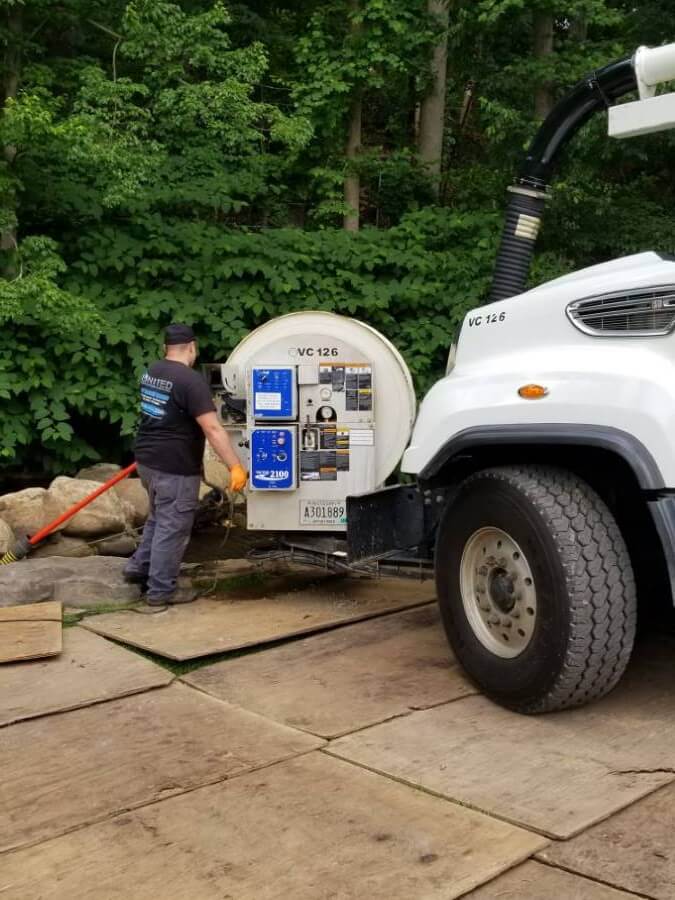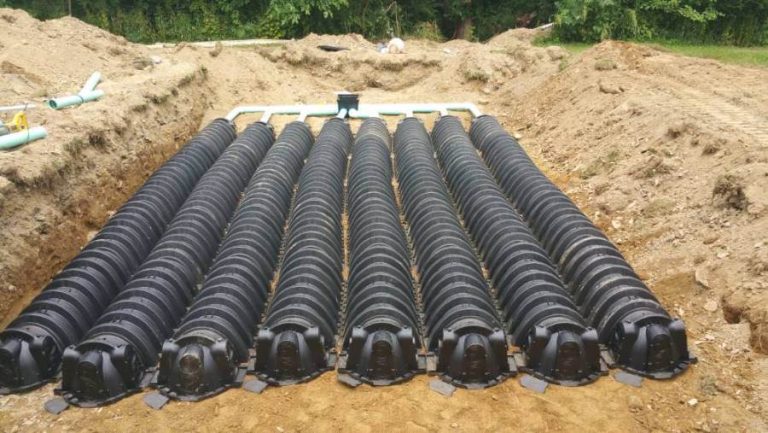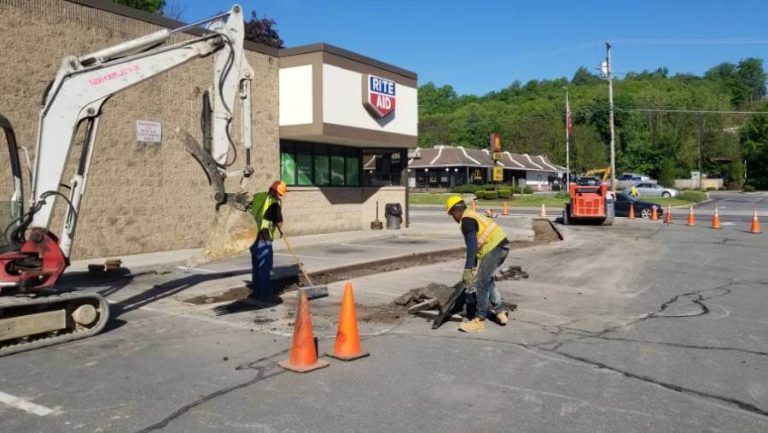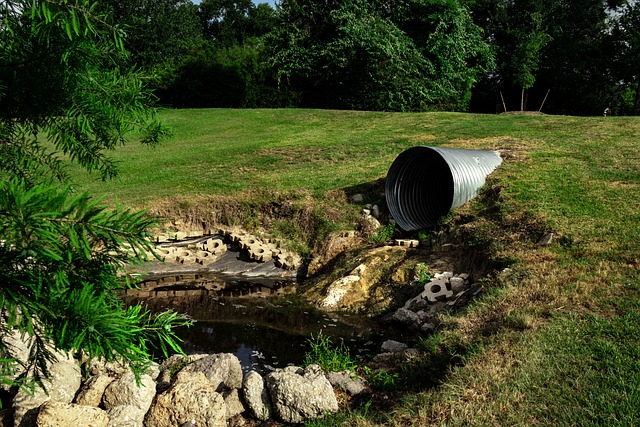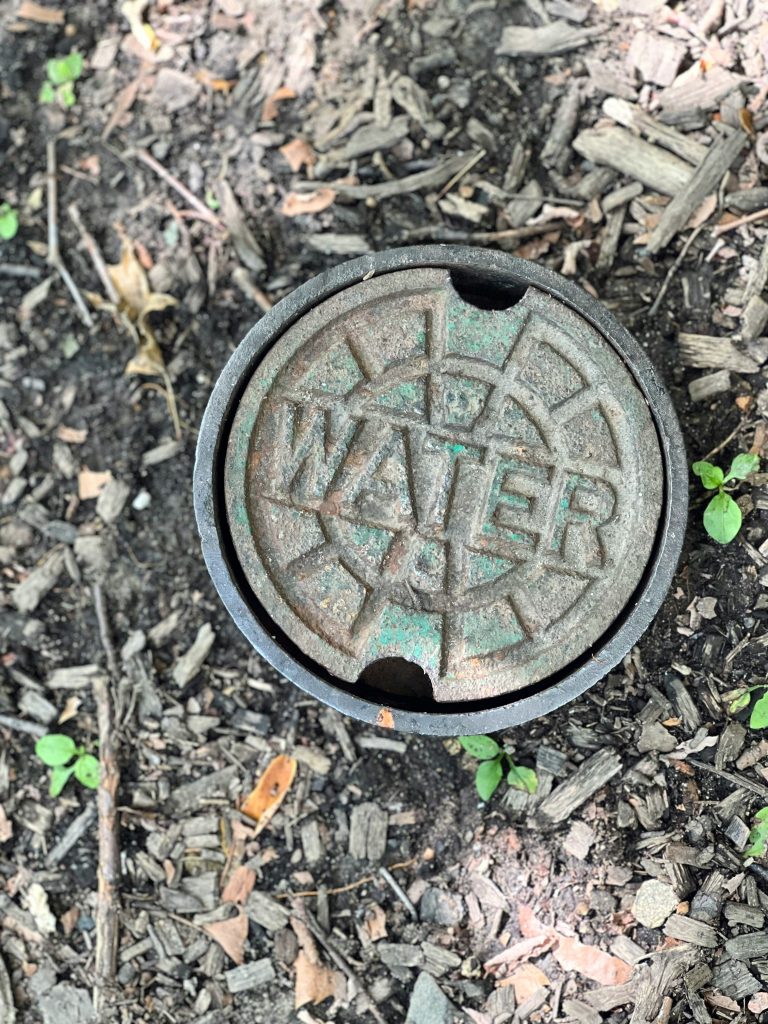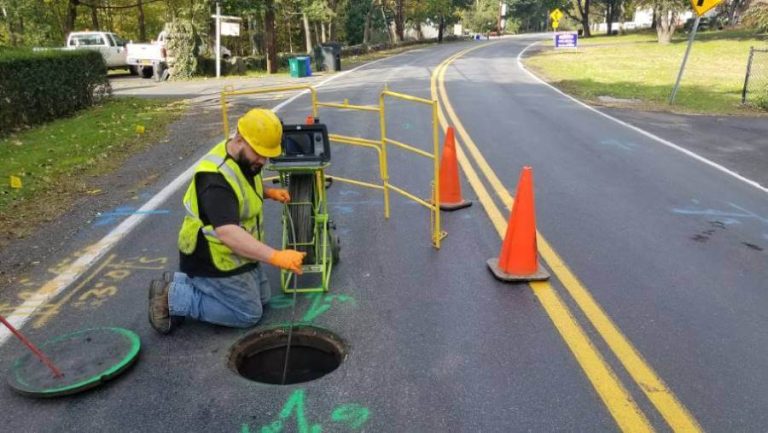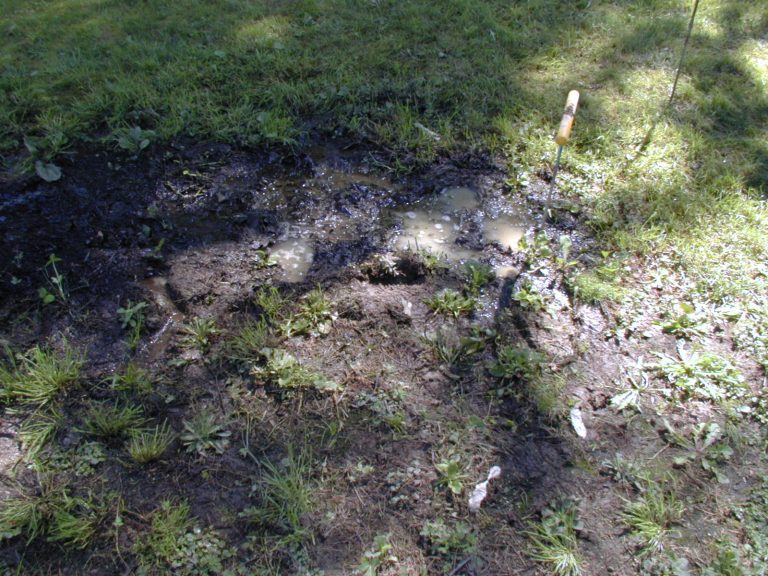You Need to Pump Your Septic Tank: Middletown’s Comprehensive Guide
You Need to Pump Your Septic Tank: Essential maintenance and learn why, when, and how to care for your wastewater system You Need to Pump Your Septic Tank is a crucial task for maintaining a healthy and functioning septic system. For Middletown homeowners, regular septic tank pumping is not just a recommendation – it’s a…


